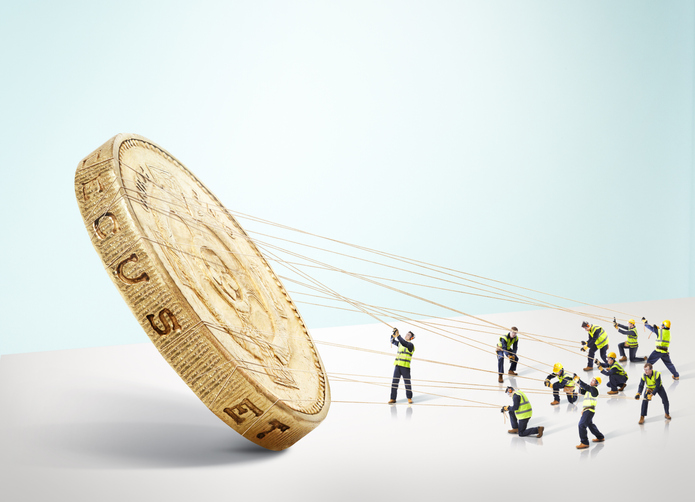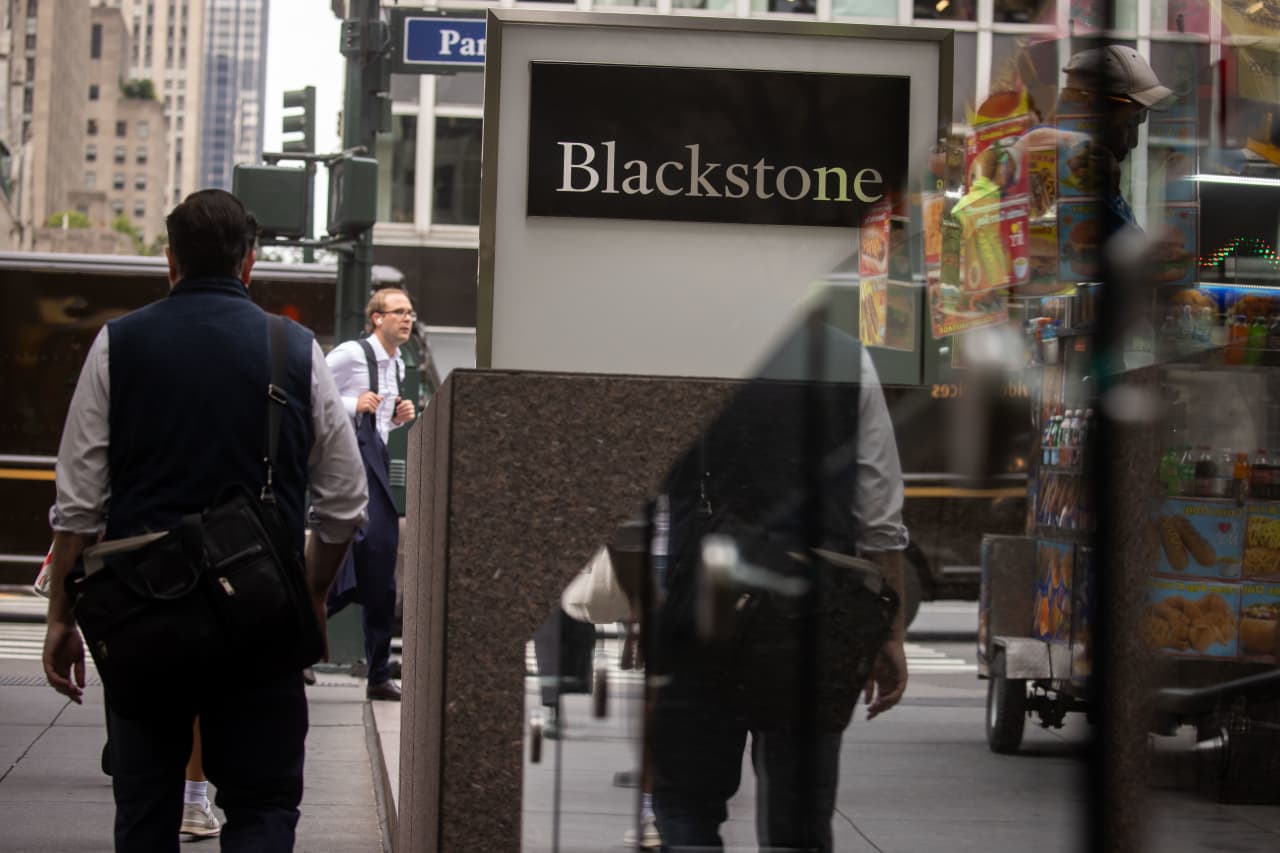How to Better Keep Track Of Small Expenses And Fees In New Year
Neglecting day-to-day financial health is often why people struggle to achieve their savings goals—financial self-checkup can help
In making financial goals for the new year, the approach many people tend to take is to go big. In doing so, they might be missing the small picture.
“These smaller goals become your true financial foundation, a solid base that is crucial for your financial success, especially when you start reaching and planning for the larger goals in life,” said Michaela McDonald, a financial-advice expert at Albert, a finance app.
Ms McDonald says many of her clients have asked for advice to help them achieve lofty financial objectives, but neglecting day-to-day financial health is often the reason people struggle to accomplish even half of their savings goals throughout the year.
For many, 2020 has been exhausting, so it might be tempting to write off little expenses and fees to eschew another headache. But small amounts can matter—here’s how to find and look at the tiny corners of your financial life without getting overwhelmed.
Track down your accounts
Joy Liu, a financial trainer at the Financial Gym, recommends tracking down all your accounts and debts—even the small ones.
“Sometimes, we can unintentionally have little accounts everywhere, so it might be a good indicator that you may need to streamline,” said Ms Liu.
Consolidating accounts can prevent you from being charged a maintenance fee on an account with a small amount that doesn’t meet balance requirements. Americans paid an average fee of $15.50 for not meeting the minimum amount for their interest checking accounts this year, according to Bankrate.com.
Tracking down small debts is crucial to your financial well-being as well. Ms Liu says the best way to do that is by pulling a full credit report to see if you have any unpaid debts. To order a free credit report, visit annualcreditreport.com. Federal law allows one free credit report from Equifax, Experian, and TransUnion a year.
“From there, it’s just opening that stack of unopened mail to track down the other stuff,” she said.
Check on interest
A popular way to save on a bit of interest is to take advantage of 0% offers for a new credit card or balance transfer. These promotions often require a transfer fee, then for a set number of months interest won’t be charged.
If you have taken out any 0% offers on a credit card on another type of loan in the last 12 months, even for a small amount, pay attention when those promotional periods end. There might also be an annual fee for the cards you didn’t have to pay when you initially signed up.
“Make sure you have a plan to either have it paid off by that time or maybe do a balance transfer without being charged interest unintentionally,” said Ms Liu.
Mind the freebies
Perform an audit of your subscriptions, especially the ones which will increase in price in the new year. Some of the most pernicious monthly charges are from apps and free-trials that people forget to cancel or pause.
These charges can quickly add up monthly and prevent people from making headway on their financial goals.
Pay attention to small spends
Tracking small expenses can be time-intensive. There is the traditional way of printing out your credit card statements and highlighting all small expenses under a certain threshold, but it might be easier to let a money app or spreadsheet do the work.
Keep track of small fees as well, for banking and investment accounts. Ms McDonald encourages people to enrol in autopay for bills and other monthly expenses to avoid late fees.
Whether you are using a low-fee robo adviser or a human adviser, check in on whether the management fees or account minimums will change in the new year and whether the difference is worth comparison shopping. If you have been paying a “teaser” fee to try out a new adviser or product, evaluate the results to see if you want to stay with it.
 Copyright 2020, Dow Jones & Company, Inc. All Rights Reserved Worldwide. LEARN MORE
Copyright 2020, Dow Jones & Company, Inc. All Rights Reserved Worldwide. LEARN MORE
This stylish family home combines a classic palette and finishes with a flexible floorplan
Just 55 minutes from Sydney, make this your creative getaway located in the majestic Hawkesbury region.
Continued stagflation and cost of living pressures are causing couples to think twice about starting a family, new data has revealed, with long term impacts expected
Australia is in the midst of a ‘baby recession’ with preliminary estimates showing the number of births in 2023 fell by more than four percent to the lowest level since 2006, according to KPMG. The consultancy firm says this reflects the impact of cost-of-living pressures on the feasibility of younger Australians starting a family.
KPMG estimates that 289,100 babies were born in 2023. This compares to 300,684 babies in 2022 and 309,996 in 2021, according to the Australian Bureau of Statistics (ABS). KPMG urban economist Terry Rawnsley said weak economic growth often leads to a reduced number of births. In 2023, ABS data shows gross domestic product (GDP) fell to 1.5 percent. Despite the population growing by 2.5 percent in 2023, GDP on a per capita basis went into negative territory, down one percent over the 12 months.
“Birth rates provide insight into long-term population growth as well as the current confidence of Australian families,” said Mr Rawnsley. “We haven’t seen such a sharp drop in births in Australia since the period of economic stagflation in the 1970s, which coincided with the initial widespread adoption of the contraceptive pill.”
Mr Rawnsley said many Australian couples delayed starting a family while the pandemic played out in 2020. The number of births fell from 305,832 in 2019 to 294,369 in 2020. Then in 2021, strong employment and vast amounts of stimulus money, along with high household savings due to lockdowns, gave couples better financial means to have a baby. This led to a rebound in births.
However, the re-opening of the global economy in 2022 led to soaring inflation. By the start of 2023, the Australian consumer price index (CPI) had risen to its highest level since 1990 at 7.8 percent per annum. By that stage, the Reserve Bank had already commenced an aggressive rate-hiking strategy to fight inflation and had raised the cash rate every month between May and December 2022.
Five more rate hikes during 2023 put further pressure on couples with mortgages and put the brakes on family formation. “This combination of the pandemic and rapid economic changes explains the spike and subsequent sharp decline in birth rates we have observed over the past four years,” Mr Rawnsley said.
The impact of high costs of living on couples’ decision to have a baby is highlighted in births data for the capital cities. KPMG estimates there were 60,860 births in Sydney in 2023, down 8.6 percent from 2019. There were 56,270 births in Melbourne, down 7.3 percent. In Perth, there were 25,020 births, down 6 percent, while in Brisbane there were 30,250 births, down 4.3 percent. Canberra was the only capital city where there was no fall in the number of births in 2023 compared to 2019.
“CPI growth in Canberra has been slightly subdued compared to that in other major cities, and the economic outlook has remained strong,” Mr Rawnsley said. “This means families have not been hurting as much as those in other capital cities, and in turn, we’ve seen a stabilisation of births in the ACT.”
This stylish family home combines a classic palette and finishes with a flexible floorplan
Just 55 minutes from Sydney, make this your creative getaway located in the majestic Hawkesbury region.






















